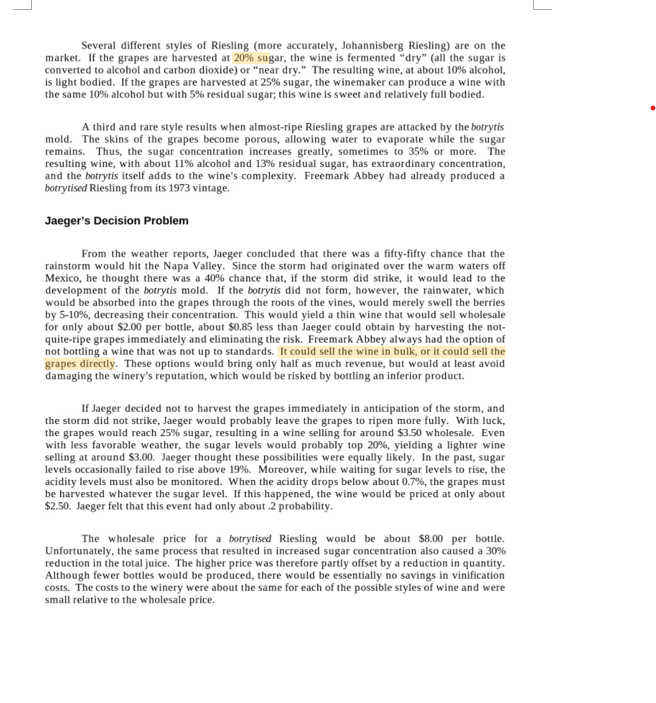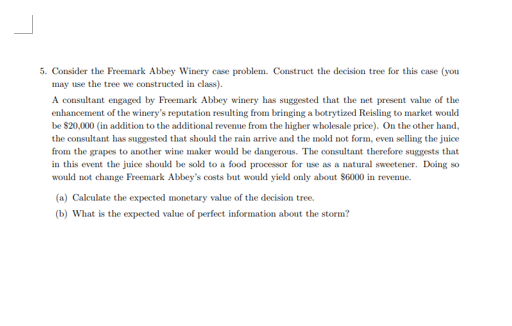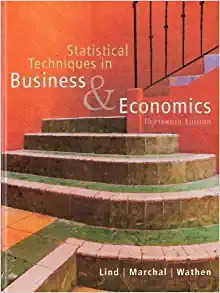25,000 cases of wine bottled each year, Most were Cabernet Sauvignon and Chardonnay. 1000 cases of Riseling and 500 cases of Petite were also bottled.
Several different styles of Riesling (more accurately, Johannisberg Riesling) are on the market. If the grapes are harvested at 20% sugar, the wine is fermented "dry" (all the sugar is converted to alcohol and carbon dioxide) or "near dry." The resulting wine, at about 10% alcohol, is light bodied. If the grapes are harvested at 25% sugar, the winemaker can produce a wine with the same 10% alcohol but with 5% residual sugar; this wine is sweet and relatively full bodied. A third and rare style results when almost-ripe Riesling grapes are attacked by the botrytis mold. The skins of the grapes become porous, allowing water to evaporate while the sugar remains. Thus, the sugar concentration increases greatly, sometimes to 35% or more. The resulting wine, with about 11% alcohol and 13% residual sugar, has extraordinary concentration, and the botrytis itself adds to the wine's complexity. Freemark Abbey had already produced a botrytised Riesling from its 1973 vintage. Jaeger's Decision Problem From the weather reports, Jaeger concluded that there was a fifty-fifty chance that the rainstorm would hit the Napa Valley. Since the storm had originated over the warm waters off Mexico, he thought there was a 40% chance that, if the storm did strike, it would lead to the development of the botrytis mold. If the botrytis did not form, however, the rainwater, which would be absorbed into the grapes through the roots of the vines, would merely swell the berries by 5-10%, decreasing their concentration. This would yield a thin wine that would sell wholesale or only about $2.00 per bottle, about $0.85 less than Jaeger could obtain by harvesting the not- quite-ripe grapes immediately and eliminating the risk. Freemark Abbey always had the option of not bottling a wine that was not up to standards. It could sell the wine in bulk, or it could sell the grapes directly. These options would bring only half as much revenue, but would at least avoid damaging the winery's reputation, which would be risked by bottling an inferior product. If Jaeger decided not to harvest the grapes immediately in anticipation of the storm, and the storm did not strike, Jaeger would probably leave the grapes to ripen more fully. With luck, the grapes would reach 25% sugar, resulting in a wine selling for around $3.50 wholesale. Even with less favorable weather, the sugar levels would probably top 20%, yielding a lighter wine selling at around $3.00. Jaeger thought these possibilities were equally likely. In the past, sugar levels occasionally failed to rise above 19%. Moreover, while waiting for sugar levels to rise, the acidity levels must also be monitored. When the acidity drops below about 0.7%, the grapes must be harvested whatever the sugar level. If this happened, the wine would be priced at only about $2.50. Jaeger felt that this event had only about .2 probability. The wholesale price for a botrytised Riesling would be about $8.00 per bottle. Unfortunately, the same process that resulted in increased sugar concentration also caused a 30% reduction in the total juice. The higher price was therefore partly offset by a reduction in quantity. Although fewer bottles would be produced, there would be essentially no savings in vinification costs. The costs to the winery were about the same for each of the possible styles of wine and were small relative to the wholesale price.5. Consider the Freemark Abbey Winery case problem. Construct the decision tree for this case (you may use the tree we constructed in class). A consultant engaged by Freemark Abbey winery has suggested that the net present value of the enhancement of the winery's reputation resulting from bringing a botrytied Reisling to market would be $20,000 (in addition to the additional revenue from the higher wholesale price). On the other hand, the consultant has suggested that should the rain arrive and the mold not form, even selling the juice from the grapes to another wine maker would be dangerous. The consultant therefore suggests that in this event the juice should be sold to a food processor for use as a natural sweetener. Doing so would not change Freemark Abbey's costs but would yield only about $6000 in revenue. (a) Calculate the expected monetary value of the decision tree. (b) What is the expected value of perfect information about the storm








